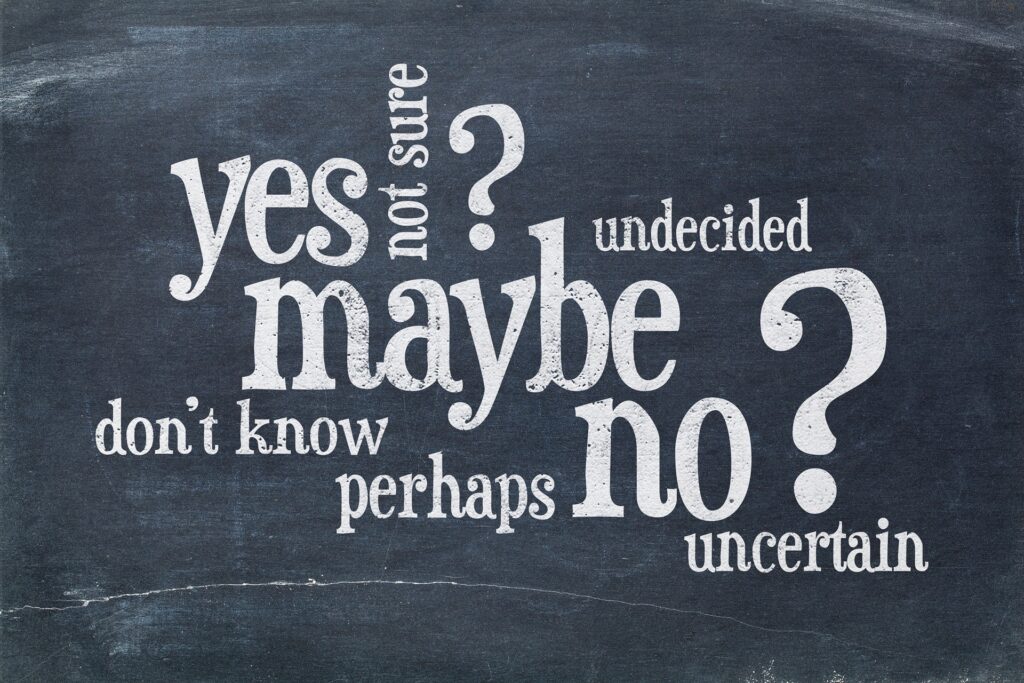
Confused, I stare at my smartphone and can’t believe how these people think. What has brought them to this decision? Why don’t they see the (supposedly) obvious? Or should I ask: ‘What am I not seeing?’
I’m sure we’ve all been there — and I’m not just talking about elections in democracies.
There are countless publications about decision-making. And it is an ongoing topic in organisations in particular. Where should decisions be made? Who needs to be involved? Can ‘decision-making’ be seen as a process? How do we arrive at quick and — hopefully — correct decisions? Or do we need courageous decisions in order to be fit for the future?
At PerSens, we believe that decisions in organisations should be made promptly and as close as possible to the point of action or issue. For this to succeed, other parameters need to be taken into account. One, for example, is the question of context: how well do the decision-makers know the context?
However, it is also essential to know which thought model the decision is based on.
One model is the pure ‘cost-benefit analysis’, which is all too often the sole measure of all things, especially in the economic way of thinking. Alternatives are analysed and evaluated based on their benefits. This can be seen as a simple points system. The alternative with the highest number of points wins. In a critical sense, it is not even a decision, but simply a process with a clear procedure.
The logic of appropriateness is another decision-making model. We orientate ourselves on our environment. We ask ourselves (unconsciously) what decisions my colleagues approve of, what norms and conventions apply in the decision-making environment, what is expected of me in my role. This form of decision-making is based on our socialisation, on traditions and on what we have learned. In a stable environment, where the same traditions and customs apply, we do well with this form, do not stand out and are on safe ground.
But what does a thought model for decision-making look like when neither analytical procedures nor stable social certainties are available? In this context, Martin Kornberger asks in his book ‘Strategies for Distributed and Collective Action — Connecting the Dots’ what the decision-making process of diplomats looks like. He answers this question with ‘tact’.
I particularly like the following section:
Like judgement or humour, tact does not follow any rules or principles. Tact has to do with the uniqueness of a situation, with the specificity of a particular context, and therefore cannot be summarised in abstract principles. It is intuitive, and by engaging with the situation, it feeds on cognition (understanding a situation) and feeling (reading a space). (Kornberger, 2024)
I would like our decisions to be much more characterised by this spirit. It is important to endure contradictory dynamics, to perceive the ‘in-between’ and thus to place the experiences of the past in the context of a future to be explored.
I hope that in future I can look at my smartphone in amazement and be inspired by ‘tactful’ people who have learnt to make decisions for the VUCA world.

